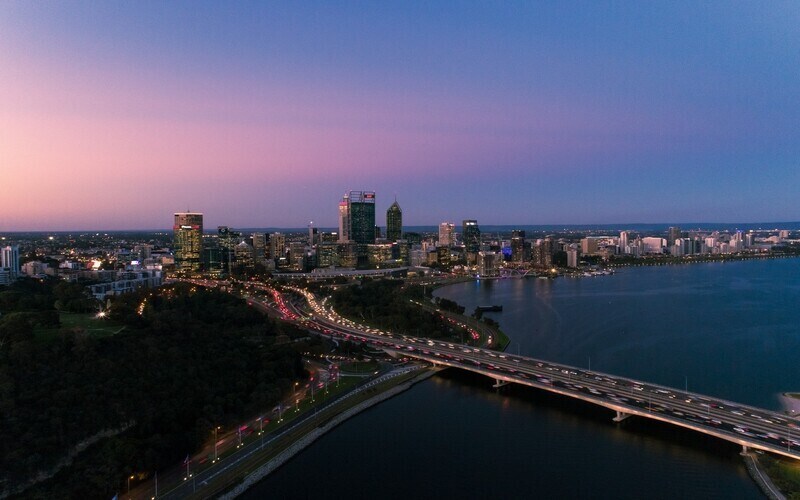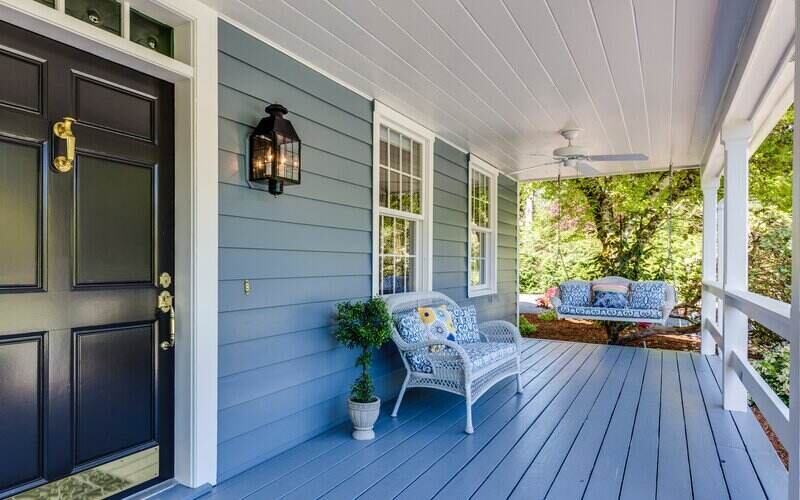Australian city-dwellers saw their median rental costs soar 13.2% over the year to the December quarter, reaching $600 a week, according to data from PropTrack, REA's research house.
Regional counterparts, meanwhile, increased 4.2% year-on-year to end 2023 at $500 a week.
“Rental markets are extremely challenging for renters, with rents continuing to grow very quickly across much of the country amid strong demand and very low vacancy rates,” PropTrack economist Angus Moore said.
Leading the pack when it came to rental price growth was Perth.
The city saw median rental costs jump from $450 a week in December 2022 to $600 a week just one year later – a 20% year-on-year increase and 66% above pre-pandemic levels.
Perth also has one of the nation’s lowest rental vacancy rates, with just 0.87% of eligible properties available in October.
Other cities recording vacancy rates of under 1% include Adelaide (0.67%) and Brisbane (0.70%).
But it was Melbourne that saw the nation’s second fastest rate of rental price growth.
The median cost of renting in the city lifted 18.3% last year to $550 a week while the cost of renting in Sydney rose 16.7% to $700 a week.
“As we head into what is typically the busiest time of year for rental markets in January, renters will, unfortunately, continue to face growing rents,” Mr Moore said.
“There are some signs that rent growth may be slowing, and some relief on the horizon.
“While rents are still growing very quickly, rent growth in 2023 was slower across the combined capital cities compared to 2022.
“The outlook is slightly better for regional renters. Median advertised rents have been stable for two consecutive quarters, sitting at $500 per week since June.”
The continuously strained rental market and still-rising rental costs will likely reach a “tipping point” in 2024, Domain chief of research Dr Nicole Powell told the Savings Tip Jar podcast.
“There are various things that are going to help ease the demand side of our rental market,” she said.
“We've started to see an increase in the number of people per household.
“During the pandemic we needed more homes to house the same amount of people because there were fewer people living in each dwelling.
“That transition [to more populous households] is probably playing out more strongly in the rental market, where it's easier to transition to a sharehouse.
“We're seeing the stretched affordability play out now, that's going to continue to play out next year.
“I think those challenging conditions … have probably pushed some tenants to fast track their decisions to purchasing.”
Many Australians looking to get into the property market in 2024 could receive help from new or improved government schemes.
The Federal Government is expected to launch its Help to Buy scheme next year.
That will see it contributing up to 40% of the purchase value of a home in exchange for an equal equity share.
Meanwhile, Queensland recently doubled its First Home Buyer grant, with those building property in the Sunshine State potentially able to nab $30,000.
Image by Kat Nesterenko on Unsplash.

Ready, Set, Buy!
Learn everything you need to know about buying property – from choosing the right property and home loan, to the purchasing process, tips to save money and more!
With bonus Q&A sheet and Crossword!



 Denise Raward
Denise Raward
 Harrison Astbury
Harrison Astbury

 Alex Brewster
Alex Brewster
 Emma Duffy
Emma Duffy

